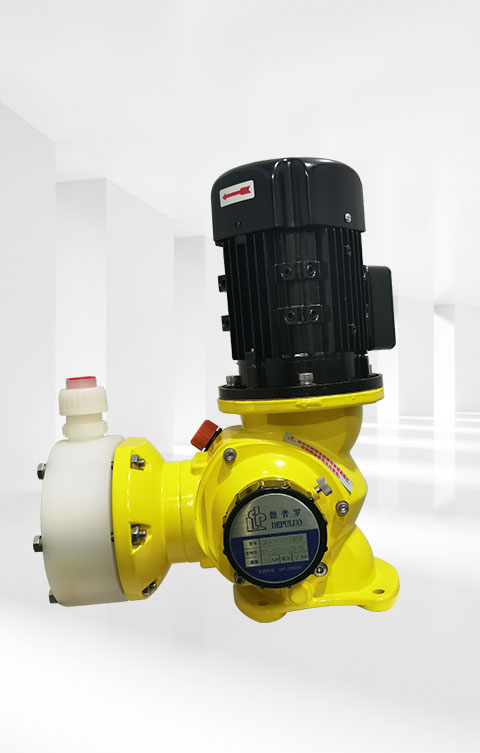Hydraulic metering pump common problems and solutions?
Metering pump is the key component of automatic dosing device. The pressure, liquid characteristic and material composition of the device affect the selection of metering pump. Once the hydraulic metering pump is faulty, the entire dosing equipment can not work, so under normal circumstances, the automatic dosing device is selected two pump replacement work design structure, a hydraulic metering pump failure, can start another standby pump, so as not to affect the continuous operation of the automatic dosing device. Metering pump failure is a common thing, below, metering pump manufacturers to give you a metering pump?
Possible faults and troubleshooting methods!
First, the metering pump suction is not normal
Turn to 99% of the length of the stroke. This allows the unit to be rotated to align the side plate drain hole with the bottom of the pump. Adjust the hydraulic end and diaphragm to the appropriate position during pump operation.
The pulse duration may not be long enough for the reaction time. The flow monitor pulse width extension can be activated to increase the pulse width to 300msec compared to the standard pulse width of 80msec. Activate the smart transfer switch, remove the cover that holds the board, and remove the jumper X-1. This activates the extension function, allowing more time before the fault indication. The metering pump is installed with self-exhaust pump head, and self-filling suction is selected. Keep suction lines as short as possible.
Second, disassemble the diaphragm of the metering pump
There is often trouble in removing the old diaphragm. Here are some additional tips on how to remove the old diaphragm.

1. After the pump head is loose, adjust the stroke length to 0% position before taking out the pump head. It can ensure that the electromagnetic shaft has sufficient pressure to keep its connection stable, so that the diaphragm can be unscrewed.
2. Pull the hydraulic end outward to release the screw from the jack. Grab the liquid end and rotate counterclockwise. With a little resistance, it unscrews the diaphragm.
3. The measured chemicals may crystallize at the hydraulic end, causing the ball and seat of the check valve to not operate normally.
4. There may be gas leakage at the suction end of the metering pump. The suction side connector of the hydraulic end may lack an O-ring or the suction valve connection may be loose.



